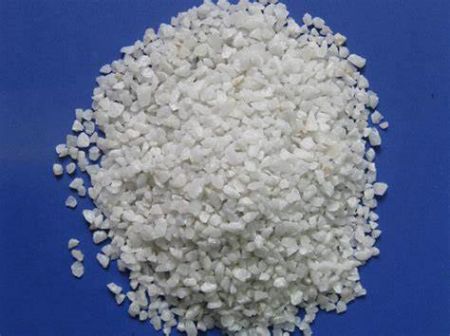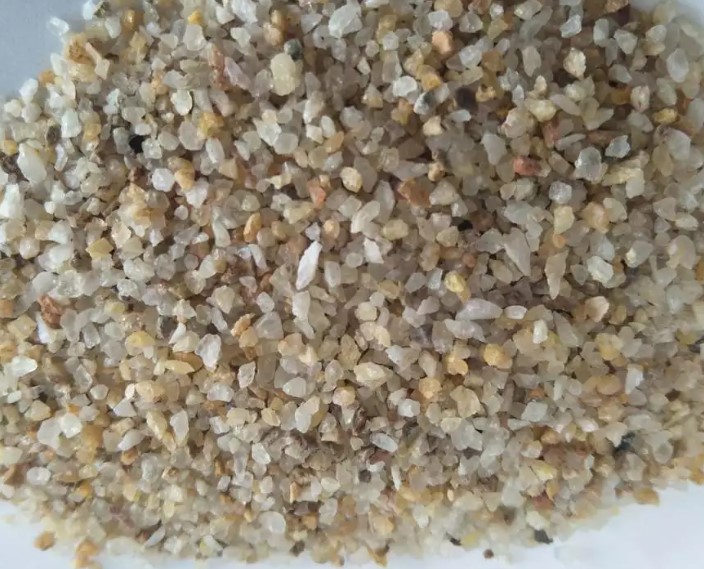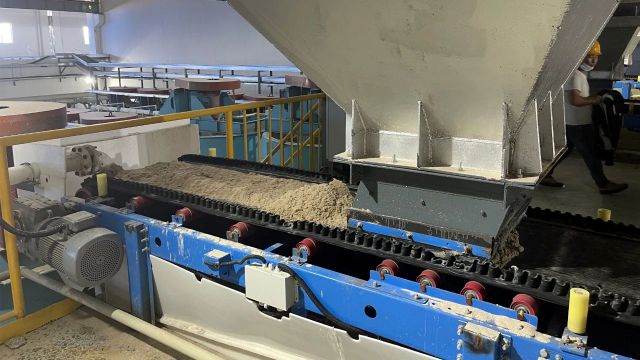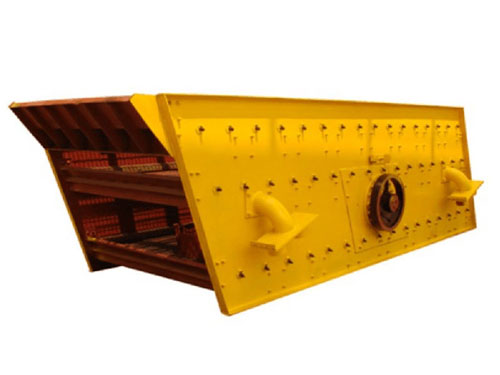The difference between high-purity quartz sand, refined quartz sand and fused quartz sand
 May.21,2025
May.21,2025
Ordinary quartz sand, that is, SiO2≥90-99%, Fe2O3≤0.06-0.02%, refractoriness 1750℃, appearance: some large particles have yellow capsules on the surface. Ordinary quartz sand is generally made of natural quartz ore, which is crushed, washed, dried and screened twice to form a water treatment filter material; this filter material has the characteristics of no impurities, no edges and corners, high density, high mechanical strength, high pollution carrying capacity and long service life, and is an ideal material for chemical water treatment. The particle size range is 5-220 mesh, and can be produced according to the particle size required by the user. Main uses: metallurgy, ink silicon carbide, glass and glass products, enamel, cast steel, water filtration, sodium silicate, chemical industry, spraying and other industries.
Refined quartz sand
Also known as pickled quartz sand, SiO2≥99-99.5%, Fe2O3≤0.005%, made of high-quality natural quartz sand, mortar.
High-purity quartz sand
SiO2≥99.5—99.9%, Fe2O3≤0.001%, made of high-quality natural quartz stone and mortar. (mm is millimeter)
Fused quartz sand
Chemical composition: SiO2 99.9-99.95%, Fe2O3 5PPM-25PPM max, Li2O 1-2PPM max, Al2O3 20-30PPM max,
K2O 20-25PPM max, Na2O 10-20PPM max (PPM is one part per million).
Physical properties:
Appearance is colorless and transparent block, granules or white powder.
Relative gravity: 2.21.
Mohs hardness: 7.0.
pH value: 6.0.
Silica powder
Silica powder: Appearance is gray or grayish white powder, refractoriness>1600℃. Bulk density: 200-250 kg/m3. SiO2 content: 75-96%





